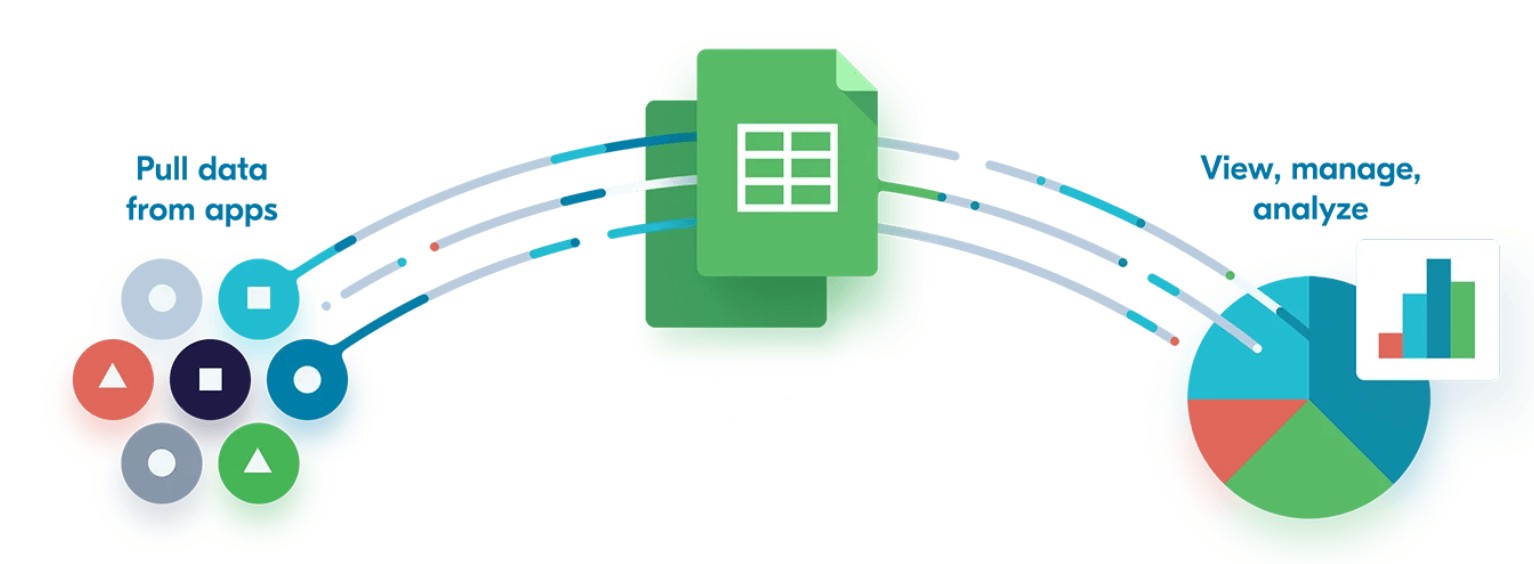The Implications of Data Synchronization for MIS

Data synchronization is essential for ensuring that data remains consistent and up-to-date across different components and systems within a Management Information System (MIS). Here are the implications of data synchronization for MIS:
Consistency Across Systems: Data synchronization ensures that data remains consistent across different databases, applications, and components within the MIS environment. This consistency is crucial for maintaining data integrity and preventing discrepancies or conflicts that could arise from outdated or conflicting data.
Real-time Data Access: Synchronized data allows MIS users to access up-to-date information in real-time, enabling timely decision-making and accurate analysis. Real-time data access is particularly important for applications where current information is critical, such as monitoring systems or financial reporting.
Improved Collaboration: Data synchronization facilitates collaboration among users by ensuring that everyone has access to the same set of updated data. This fosters collaboration and coordination among different departments, teams, or stakeholders within the organization, leading to more efficient workflows and better-informed decisions.
Enhanced Data Quality: Synchronization processes often include data validation and cleansing steps to ensure that only high-quality data is propagated across systems. This helps improve data quality within the MIS environment by identifying and correcting errors, inconsistencies, or duplicates in the data.
Support for Distributed Systems: MIS often spans multiple locations, departments, or systems, requiring data synchronization to ensure that data remains consistent across distributed environments. Synchronization mechanisms support data replication, propagation, and conflict resolution to maintain consistency in distributed MIS architectures.
Scalability and Performance: Efficient data synchronization mechanisms enable MIS to scale seamlessly as data volumes and user demands grow. Synchronization processes are designed to minimize latency and optimize performance, allowing MIS to handle large datasets and accommodate increasing data processing requirements without sacrificing performance.
Compliance and Governance: Data synchronization helps ensure compliance with regulatory requirements and governance policies by maintaining accurate and auditable data across systems. Synchronization processes may include logging and auditing capabilities to track data changes, enforce data governance policies, and demonstrate compliance with regulatory standards.
Disaster Recovery and High Availability: Synchronized data can support disaster recovery and high availability strategies by replicating data across redundant systems or geographically dispersed locations. This ensures that data remains accessible and recoverable in the event of system failures, outages, or disasters, minimizing downtime and data loss.
Integration with External Systems: Data synchronization facilitates integration with external systems, such as third-party applications, partners, or suppliers. Synchronized data can be exchanged seamlessly between MIS and external systems, enabling interoperability, data sharing, and business process automation across organizational boundaries.
In summary, data synchronization is critical for ensuring data consistency, real-time access, collaboration, data quality, support for distributed systems, scalability and performance, compliance and governance, disaster recovery, high availability, and integration with external systems within the MIS environment. By addressing these implications, data synchronization helps organizations leverage their data assets effectively and achieve their business objectives.
Thank you,